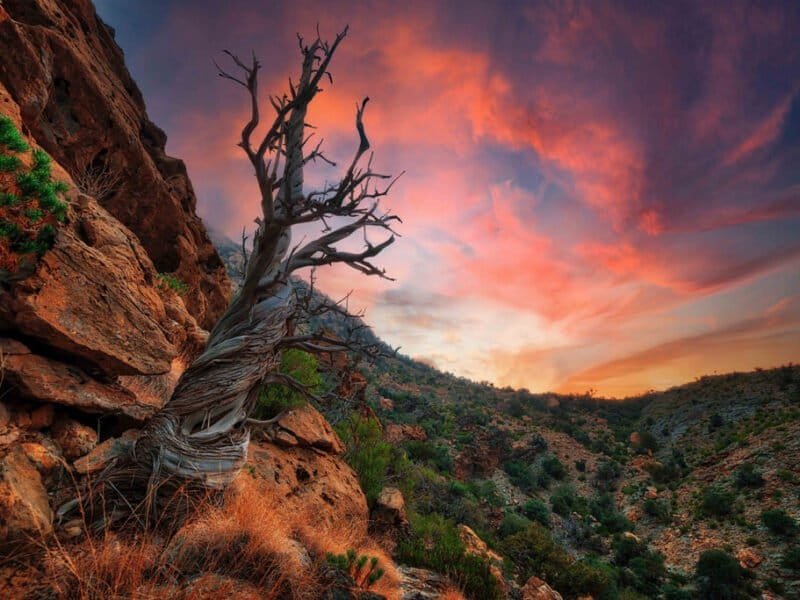Western Ghats
the Magnificent Western Ghats
A Biodiversity Marvel
WESTERN GHATS A BIODIVERSITY MARVEL
Nestled parallel to India‘s western coast, the Western Ghats stand as a testament to nature’s grandeur and ecological significance. Stretching across six states – Kerala, Tamil Nadu, Karnataka, Goa, Maharashtra, and Gujarat – these mountains encompass an awe-inspiring landscape that’s older than the mighty Himalayas. The Western Ghats are not just a range of mountains; they are a treasure trove of diverse ecosystems, geological wonders, and a living testimony to the complex interplay between nature and climate.
GEOLOGICAL AND ECOLOGICAL MARVELS
Beyond their breathtaking beauty, the Western Ghats hold global significance as a hotspot of biological diversity. These mountains influence large-scale ecological processes, notably the Indian monsoon system. Acting as a natural barrier, they intercept and shape the monsoon winds, which play a pivotal role in the region’s tropical climate. The Western Ghats are a fascinating example of how geography and ecosystems impact weather patterns on a grand scale.
BIODIVERSITY BEYOND COMPARE
Endemic and unique, the Western Ghats boast an exceptional level of biological diversity. This region is one of the eight “hottest hotspots” of biodiversity globally, showcasing the interplay of various species and ecosystems. The forests here are home to numerous globally threatened species, ranging from flora to fauna. Over 325 species, including plants, mammals, birds, amphibians, reptiles, and fish, are facing varying degrees of endangerment.
AN EVOLUTIONARY EPIC
The Western Ghats provide a living record of evolutionary history. The region’s geological history, coupled with its climatic diversity and terrain, has spurred the development of countless species. These mountains stand as an “Evolutionary Ecotone,” supporting theories of species dispersal and vicariance, and serving as a bridge between Africa and Asia in the evolutionary timeline.
A SYMPHONY OF LIFE
The Western Ghats teem with life forms found nowhere else on Earth. From the enchanting lion-tailed macaque to the majestic Asian elephant, the Ghats provide a refuge for an array of flagship species. These mountains harbor around 352 endemic tree species, demonstrating the unique nature of their ecosystems. Amphibians, reptiles, and fishes also thrive, creating a vibrant mosaic of life.
A CONSERVATION CHALLENGE
Protecting and managing the Western Ghats is no small feat. The property is divided into 39 distinct components across 7 sub-clusters, each contributing to the region’s Outstanding Universal Value. The intricate patchwork of conservation areas, including tiger reserves, national parks, wildlife sanctuaries, and reserved forests, ensures legal protection for these diverse landscapes. A multi-tier governance mechanism is in place to coordinate and oversee the management of these components, ensuring their preservation for future generations.
IMMERSING IN NATURE’S SPLENDOR
Exploring the Western Ghats is an unparalleled adventure into the heart of biodiversity. Trek through pristine forests, where every step uncovers a new species. Traverse the rich tapestry of ecosystems, from vibrant meadows to misty shola forests. Witness nature’s delicate balance in the face of climate intricacies. Whether you’re a scientist seeking evolutionary insights or a traveler eager to be enveloped by nature’s embrace, the Western Ghats promises an unforgettable journey through time and life.
PRACTICAL INFORMATION FOR TRAVELERS
NEAREST AIRPORT
Various airports serve different parts of the Western Ghats, such as Kochi International Airport, Bengaluru International Airport, and Goa International Airport.
NEAREST RAILWAY STATION
The Western Ghats are accessible through a network of railway stations, including Mangalore, Ernakulam, and Pune.
WEATHER
The weather varies across the Western Ghats due to their vast expanse. While coastal areas experience a tropical climate, higher elevations feature cooler temperatures. It’s advisable to check the weather of the specific region you plan to visit.
EXPLORATION TIPS
STAY INFORMED
Learn about the specific regulations and permits required for the area you plan to explore. Some parts might have restricted access to preserve the fragile ecosystems.
GUIDED TOURS
Opt for guided tours led by local experts. Their knowledge can provide insights into the region’s biodiversity and cultural significance.
RESPONSIBLE TRAVEL
As you explore the Western Ghats, prioritize responsible and sustainable travel practices. Respect local customs, minimize your environmental impact, and support conservation efforts.
PACK ACCORDINGLY
Be prepared for varying weather conditions, depending on the elevation. Pack appropriate clothing, sturdy footwear, insect repellent, and other essentials.
WILDLIFE VIEWING
The Western Ghats are home to diverse wildlife. Keep a respectful distance from animals and refrain from feeding them.
CONSERVATION CONTRIBUTIONS
Many areas offer opportunities to support local conservation initiatives. Consider contributing to these efforts to preserve the unique biodiversity of the Western Ghats.
Embark on a journey into the heart of biodiversity and explore the Western Ghats – a realm where nature’s wonders unfold in breathtaking diversity and ecological complexity.




